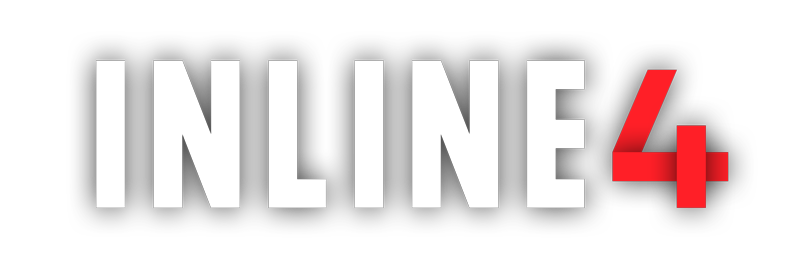I think it’s safe to say that India runs on two wheels. As of April 2021, two-wheelers occupy 74% of the market share. Makes sense though, we are a developing country, most of our roads are small, traffic is a nuisance, and “best Indian Bikes” is one of the top google searches. Two-wheelers are the best option in such cases. Moreover, with fuel prices being so steep, people prefer two-wheelers over cars. Also, India does not have extreme weather, so people can use two-wheelers easily.
Over the years we’ve seen a lot of two-wheelers come up in the market, some iconic, some not so much, some which made a lot of noise in the market, literally, some which went away without a whisper. And there are some which set a trend for future two-wheelers.
With that in mind, let’s take a look at some of the most iconic and greatest two-wheelers in India over the years starting from the 1930s.
Royal Enfield Bullet ( 1932-present)
What started in 1932 in Redditch, Worcestershire, now holds the tag the most popular and easily recognizable bike in India. Royal Enfield built The Bullet in 1932 and initially only made them in England. In 1949, Madras Motors bought the license to build Royal Enfield Motorcycles in India. This marks the beginning of the Bullet’s reign over the Indian motorcycle market. This is also one of the very few good things that came from the British Invasion. It’s right up there with Democracy.
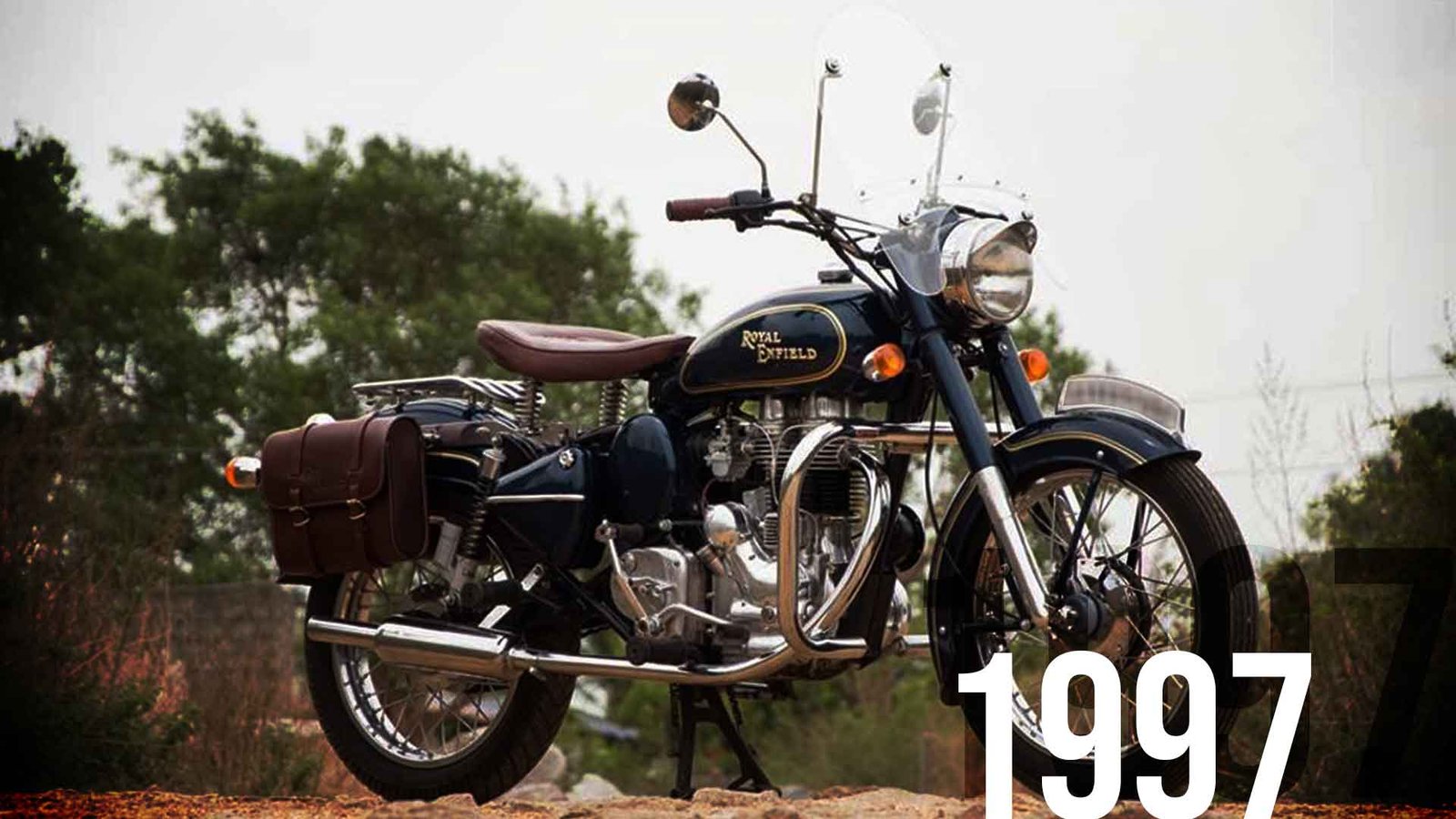
The bike was suitable for any terrain and was so reliable and rugged that the Indian army used it as a means to patrol the border. This paved the way for the setting up of a manufacturing plant in Madras, Tamil Nadu.

The Bullet holds a record of being the longest-running production bike with an unchanged design. The bike produced even today has a design very similar to the original. What helped the Bullet stand the test of time, is the effort by Royal Enfield to continuously upgrade the Bike to meet the standards of that particular period. And it is for this reason that the Bullet variant, both the 350cc and 500cc continues to hold a strong share of the market and is considered one of the best India bikes.
It also has something to do with the notion that you look badass and intimidating while riding one. It does work, most of the time, but not when you look like a 13-year-old pre-pubescent teen. No offense to 13-year-old pre-pubescent teens.
Bajaj Chetak( 1972-2006)
2,3,4? How many passengers can two-wheelers carry these days? The Chetak could manage 5-6 and still perform normally. Try and beat that Nano you sad excuse for a car.
Launched in 1972, the 145cc, 2stroked, later changed to 4stroke, the Chetak was the go-to scooter for a middle-class Indian family. Born from a collaboration with Vespa, Bajaj Chetak became so popular that it earned the tag, “Hamara Bajaj”.
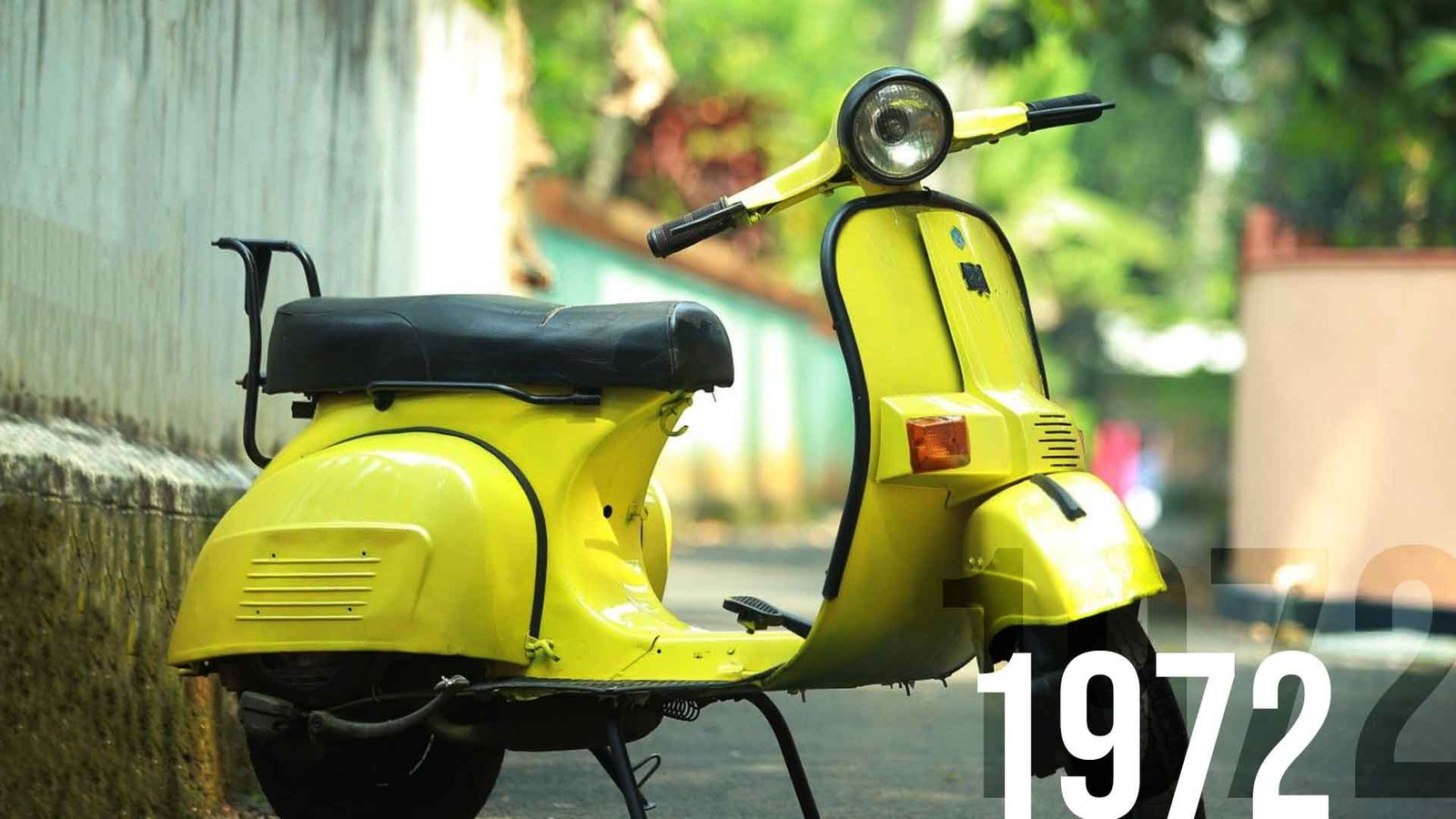
Named after Maharana Pratap’s horse, the Scooter was in so much demand that it sold for almost double its original price in the aftermarket. This was also because of the 10 years waiting period to buy one. Yep 10 years!!!. Perfect gift for your 8-year-old.
This was mostly because of the law back then, which limited the production capacity of Auto companies. Apart from this, only Premiere Padmini had such a long waiting period. What worked for Bajaj was those iconic ads for the Chetak, which to even this day holds its ground.
With the law limiting production being lifted in 1990, Chetak sales skyrocketed, with it occupying almost a 60% scooter share in India in 1998. However after this, with the increase in popularity of gearless scooters and bikes, the Chetak started losing its market share. With bikes becoming more popular, even Bajaj changed its focus towards bikes, with it coming up with the Pulsar. This eventually led to the decline of the Chetak, which was finally discontinued in 2005.
Although traditionally a moped, the Chetak set a standard for how Indian bikes should perform. Bajaj has introduced a new electric Chetak, it remains to be seen if it will ever reach the heights of the original. If you wanna know more about electric vehicles, and why they are the future, check out another blog right here.
Kinetic Luna( 1972- 2000)
It’s a cycle, it’s a scooter, it’s a bike. It’s a Luna.

The Indian market, back in the early 1970s had two types of customers. The ones who wanted a cheap less maintenance two-wheeler, who had settled for a bicycle. And the ones who wanted something to get them to where they were going, on time, while still being affordable.
Boom!! comes the Luna, with its integrated pedals and motor, it was perfect for people who wanted to pedal a bicycle but also needed to get somewhere in a hurry. Launched in 1972, the Luna was a 50cc moped whose sales were increased with a smart marketing campaign by Kinetic.
“Luna karti pakka vaada, kharcha Kam, mazbooti zyada” an ad showing middle-class Indians achieving their dreams, on their Luna, resonated with the Indian Audience. So much so that even after 50 years and the end of production in the 2000s, Luna continues to be in the market and predominantly used throughout India. Even TVS cashed in on this to produce their XL, and XL Heavy Duty, a scooter very similar to Luna, which continues to be sold across the country.
What made the Luna iconic is the fact that it was the perfect vehicle for women. Back in the 70s and 80s when women did not really have an option when it came to two-wheelers since most of the Indian bikes were targeted towards men. And with a lot of limitations due to their sarees, churidars, Luna was the perfect vehicle. Lightweight, easy to ride, and comfortable no matter what you’re wearing. To be fair, Luna was the first “Why should boys have all the fun” vehicle. Take that Alia Bhatt.
Hero Honda CD100 ( 1983-2000)
Hero Motocorp, one of the largest manufacturers of two-wheelers surpassed the 100 million two-wheelers produced mark recently. If we’re tracking back its roots, we have to go all the way back to 1983, when Hero formed a collaboration with Honda, to form Hero Honda. Honestly though, who wouldn’t? Those Japs are crazy good with their bikes.

Now in the 1980s, 2stroked machines were all the rage, with companies focusing more on performance and style. Bikes like Yamaha RD350 and later the Yamaha RX100, Bajaj RTZ focused more on aggressive performance. This left a huge hole in the market, for a bike that offered style, performance, and most importantly efficiency.
This is when the Hero Honda CD100 burst into the market. With its simple design, chrome-plated silencers, and body, what made the CD100 popular was its Hero Honda 98cc, 4 stroke engine, which offered mileage second to none.
Fill it, shut it, forget it was the tagline that sold this bike. And with a young dashing Salman Khan promoting it, the bike shot straight into the hearts of Indian motorcycle customers. It probably had a lot to do with Sallu Bhai, but hey, the bike was reliable, had a smooth engine, needed very little maintenance and on paper gave 80km to the liter. This was very impressive back in the day. This is why the CD100 is considered one of the best Indian bikes.
The Hero Honda CD100 aslo paved way to the splendor, which is another iconic Indian motorcycle. Even though it has been discontinued as of now, it has continued to inspire a lot of bikes over the years.
Yamaha RX100 ( 1985-1996)
The pocket rocket, the bad boy of the bunch, if any bike has a bad reputation, then this has got to be it. Before I even get into the bike itself, it’s astonishing to see how stereotyped this particular bike was. If you rode this, you were either considered a criminal or just someone who does not give two shits about society. The RX100 burst into the Indian Market in 1985. Movies, antagonists in movies to be exact, made the bike famous.
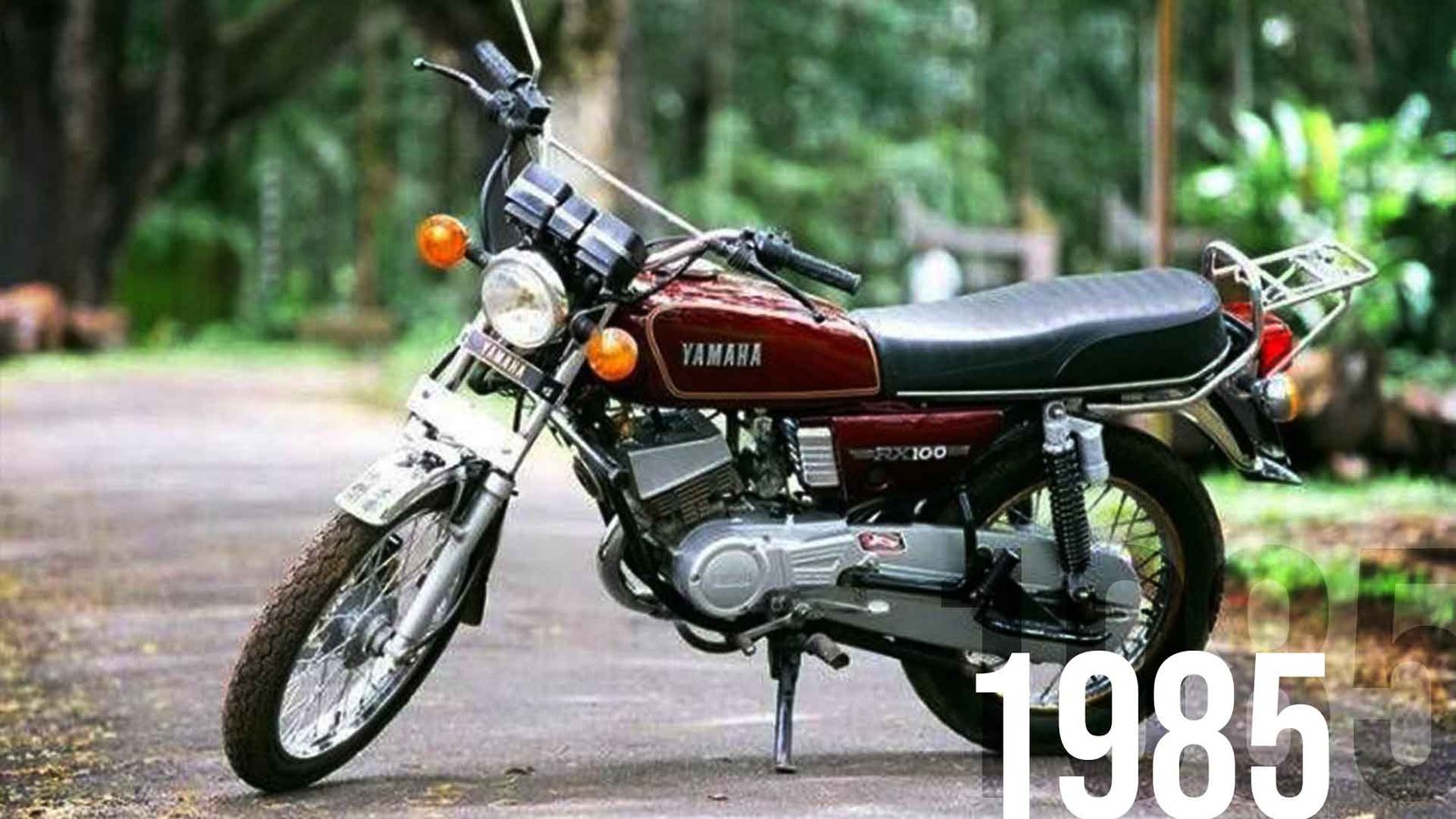
Yamaha, after the dismal performance of the Rajdoot 350, decided to make a small-capacity motorcycle, seeing how they were all the rage back then.
The RX was an instant hit in India. With its 2 strokes 100cc engine, 100kg body, and those exotic, Cherry red, Peacock blue-green, and Black colors, the RX was the bike to have. It symbolized youth, a rebel attitude. What Royal Enfield was to adults, RX was to the youths.
And who can forget that iconic sound? Annoying to many, but still iconic. No wonder this is considered one of the best Indian Bikes.
The RX gained further popularity due to its modification possibilities and was used in a lot of drag races.
But I guess all publicity is good publicity. Because even now, after 25 years of it being stopped due to stricter emissions standards and the RX not meeting them, the bike remains popular among youths and bike enthusiasts. Even though Yamaha came out with successors like the Yamaha RX135, none managed to catch attention as the Yamaha RX100 did.
Bajaj Pulsar( 2003-present)
For almost 20 years, Bajaj has been leading the Indian sports bike market with its iconic and highest-selling motorcycle, the Pulsar. Bajaj launched the bike in 2003, available in 150 and 180cc variants. The Pulsar instantly became popular amongst the Indian bike crowd and also amongst those seeking sports bikes. It was affordable, reliable, easy to maintain, fun, and still provided an acceptable efficiency.

It was the first actual sports-styled bike in the Indian market. The Iconic round headlamp and the upgraded twin headlamp still look cool when compared to the likes of the new bikes on the block.

Bajaj has released several variants of the bike, with its trademark DTSi, Digital Twin Spark Ignition. This includes the Pulsar 180, Pulsar 220S, Pulsar RS200 the Pulsar 200NS. These continue the same performance but with updated technology to match the market standards. The bike became so popular that Bajaj exported it to other markets. Even to this day, the Pulsar maintains a stronghold over the Sports bike segment and is considered one of the best Indian bikes.
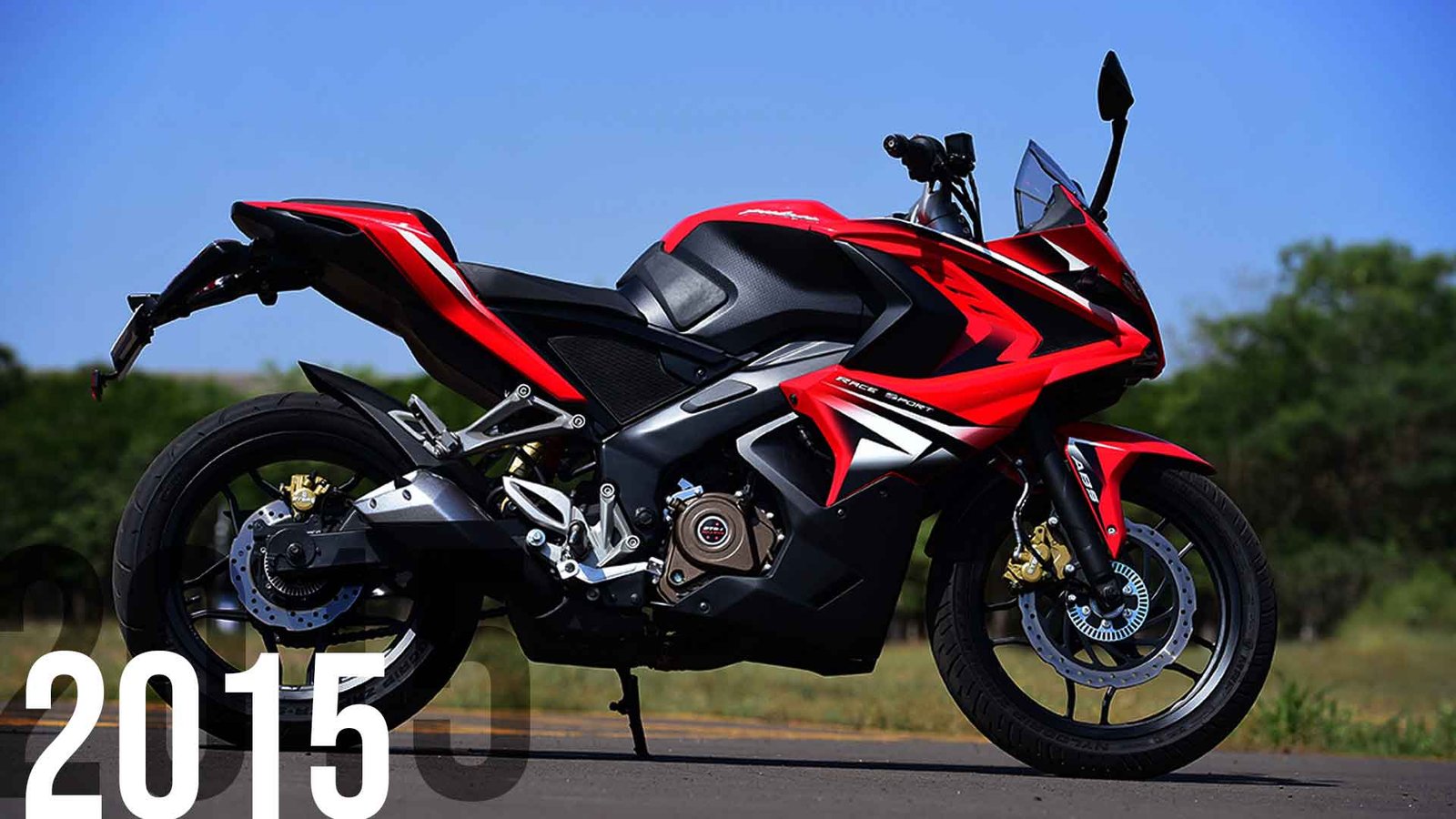
Honorable Mention
Jawa Yezdi Roadking ( 1978-1996)
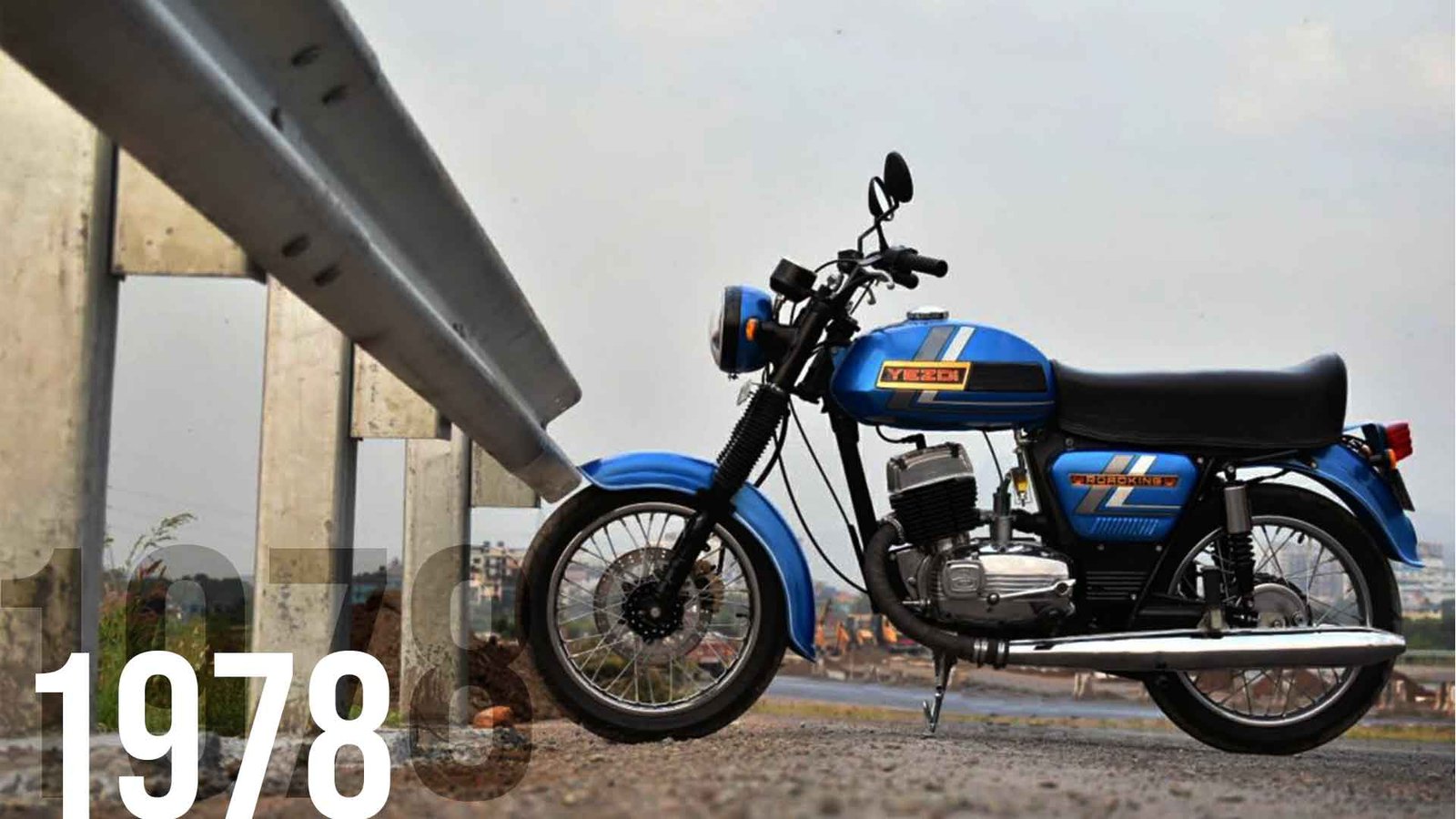
Jawa is a Czech brand that launched in India under the name Yezdi. It’s the first bike to really make some noise in the country was the Roadking, launched in 1978 which even today continues to have a cult following within the Indian motorcycle community.
The twin exhausts, iconic fuel tank with the Yezdi logo and the black and gold pinstripe is identifiable from kilometers away. The 2stroke 250cc engine offered stiff competition to the likes of Royal Enfield. The bike had an integrated kick and shifter which although seemed obscure back then, helped gain popularity. The bike could easily reach speeds of 120km/hr and was used in a lot of rally competitions.
However towards the end of the 20th century, with the gaining popularity of the Royal Enfield bikes and strict regulation on emissions, the Roadking gradually lost out on sales, and production was halted in 1996.
But even today, Roadkings can be spotted throughout the country. With Jawa making a return to the bike market, the Yezdi name continues to resonate with the Indian motorcycle community.
Searching for ‘best Indian bikes’ on the internet is going to yield you a ton of results, which by no means is exhaustive. And with the way India is making progress, it’s not far away that we start making waves in the international market too.
Sources
Sources for the images used in this blog are as follows.
- Bullet 350
- Bajaj Chetak
- Kinetic Luna
- Hero Honda CD100
- Yamaha RX100
- Pulsar 150, Pulsar 180
- Yezdi Roadking
